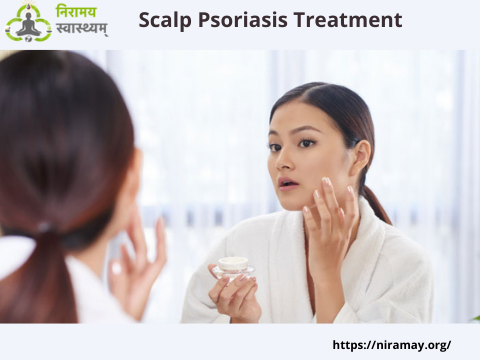Seborrheic Dermatitis Psoriasis

One of the most common forms of psoriasis is seborrheic dermatitis. Seborrheic dermatitis psoriasis will affect the majority of people at some point in their lives. However, some ten percent of the population is said to have chronic psoriasis which varies in intensity and location.
Chronic, recurrent seborrheic dermatitis is challenging for clinicians due to the lack of safe and effective treatments. Doctors who find that a patient is otherwise healthy but suffers from persistent seborrheic dermatitis Psoriasis believe the disease has a hereditary component that is difficult to battle and impossible to defeat. The best that can be hoped for is effective treatment attempting to manage and limit the symptoms. Seborrheic dermatitis Psoriasis is actually a pre-psoriatic condition – with many patients developing full-blown psoriasis or a mixture of lesions. There is also evidence to suggest that people with severe seborrheic dermatitis have a dramatically increased chance of Parkinson’s disease.
Seborrheic dermatitis Psoriasis in its initial stages is most commonly found on the face, scalp and neck, and is characterized by large areas of yellowish or red and grayish skin with scaly white patches of varying size. On the scalp, it is common dandruff, while the disease causes sticky crusts and fissures in folds behind the ears, and reddish lesions on the trunk. Seborrheic dermatitis Psoriasis is often found in hairy areas – especially spots that include skin folds, and it can affect the genitalia as easily as the rest of the body.
Sunlight seems to play an important role in management of the condition, although a good deal of patients find that anything beyond a few minutes of direct sun exacerbates the symptoms. If symptoms can be relieved or minimized, recurrence most often occurs in the fall – thought to be due to the colder, drier conditions and reduced sunlight. Recurrences can also be linked with alopecia in severe cases. A yeast known as pityrosporon ovale is said to play a role in the pathogenesis of seborrheic dermatitis, and there are indications that topicals containing ketoconazole and selenium sulfide will not cause an adequate response to the yeast. Nutritional deficiencies and a suppressed immune system due to HIV or transplant operations can cause symptoms.
Seborrheic dermatitis is a chronic disorder that requires initial therapy followed by chronic maintenance therapy. Topical glucocorticoid preparations are often effective but can cause atrophy and erythema – especially on the face. Over the counter scalp psoriasis shampoos are helpful for Seborrheic Dermatitis Psoriasis , and the lather may be used for the face and chest. Shampoos are equally effective for many patients. Many times doctors will immediately prescribe a very potent glucocorticoid cream when the disease is discovered, and in severe cases a retinoic acid treatment is used on the face and other exposed regions. Patients using any type of creams or ointments must always be aware of any atrophy that may occur at the treatment site. Researchers have recently made big advances in topical agents that include an anti-inflammatory ingredient said to dramatically shorten outbreaks and more rapidly alleviate the itching and irritation.
If this is of concern, people should be aware of the implications of Vitamin B12 deficiency and this condition: TREATMENT OF PSORIASIS WITH LARGE DOSES OF VITAMIN B12
También las emociones y la dieta, juegan un papel importante en esta afección, tener una vida tranquila y una comida sana, es fundamental para su alivio. Interesante publicación.
Thanks A Lot Dear